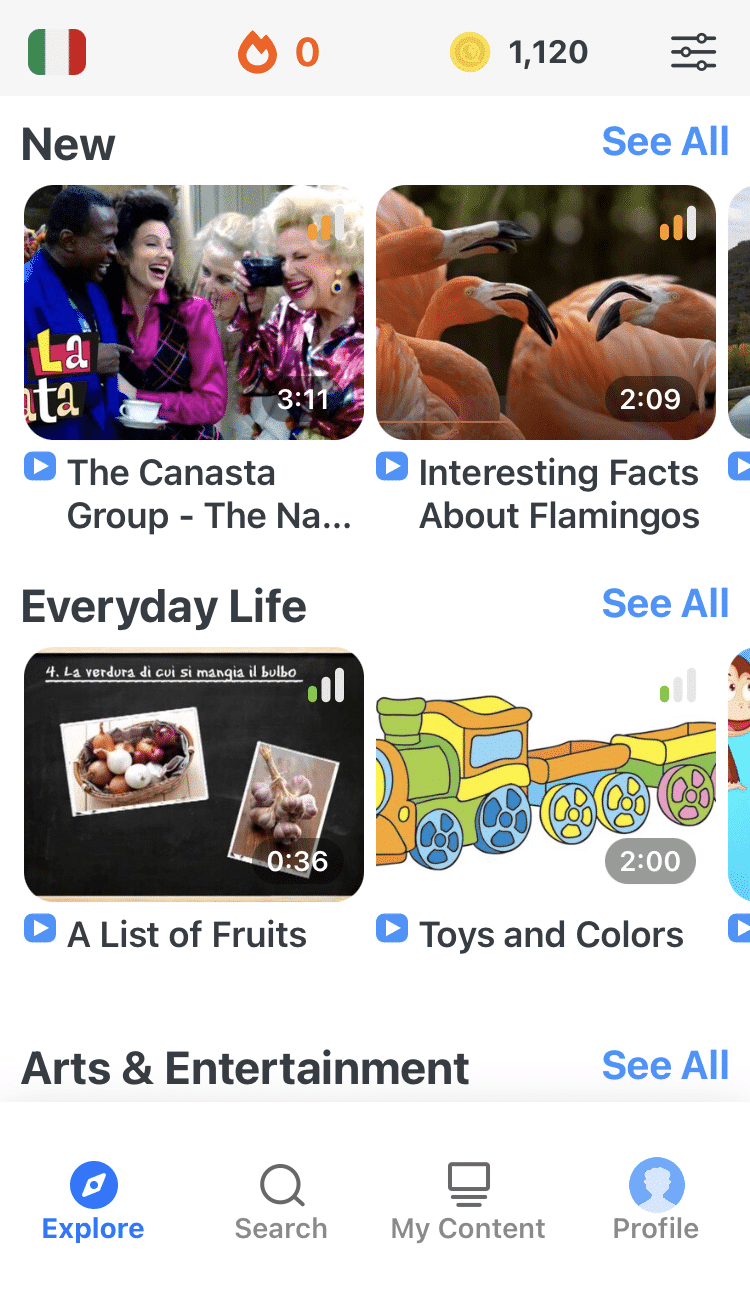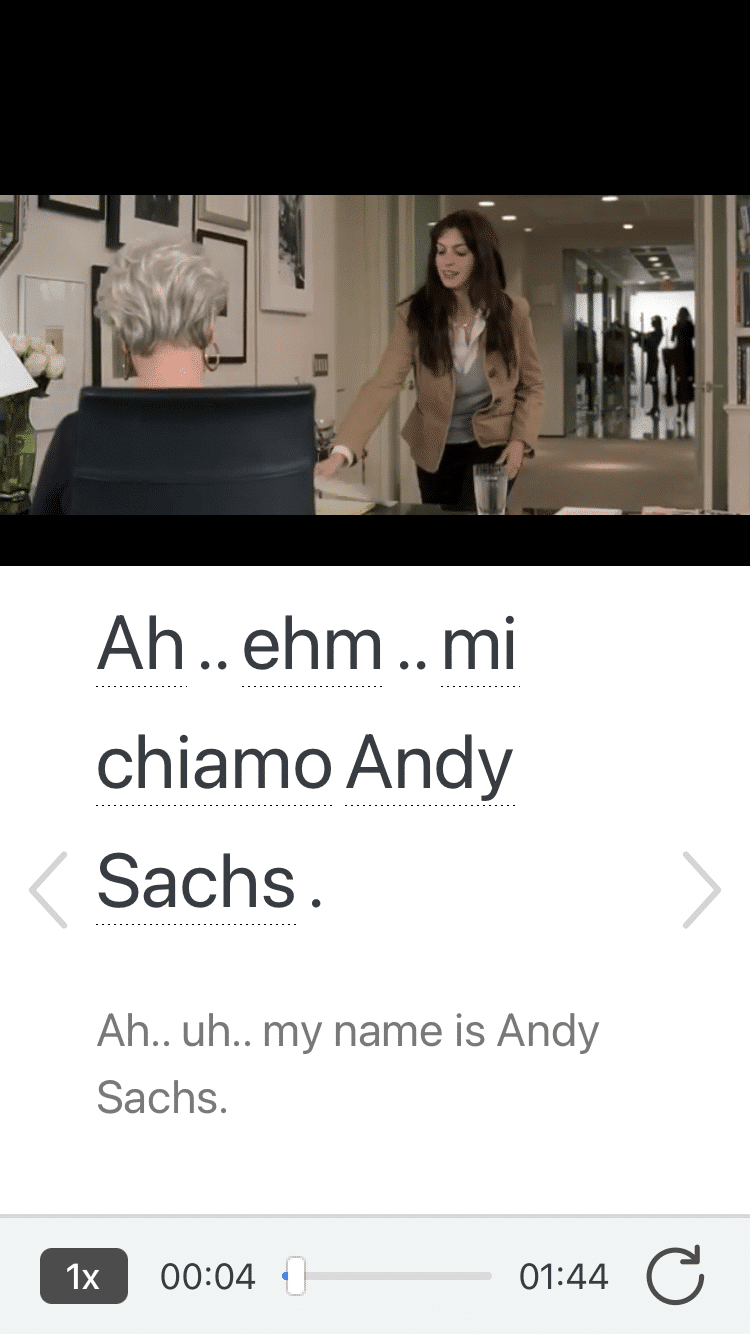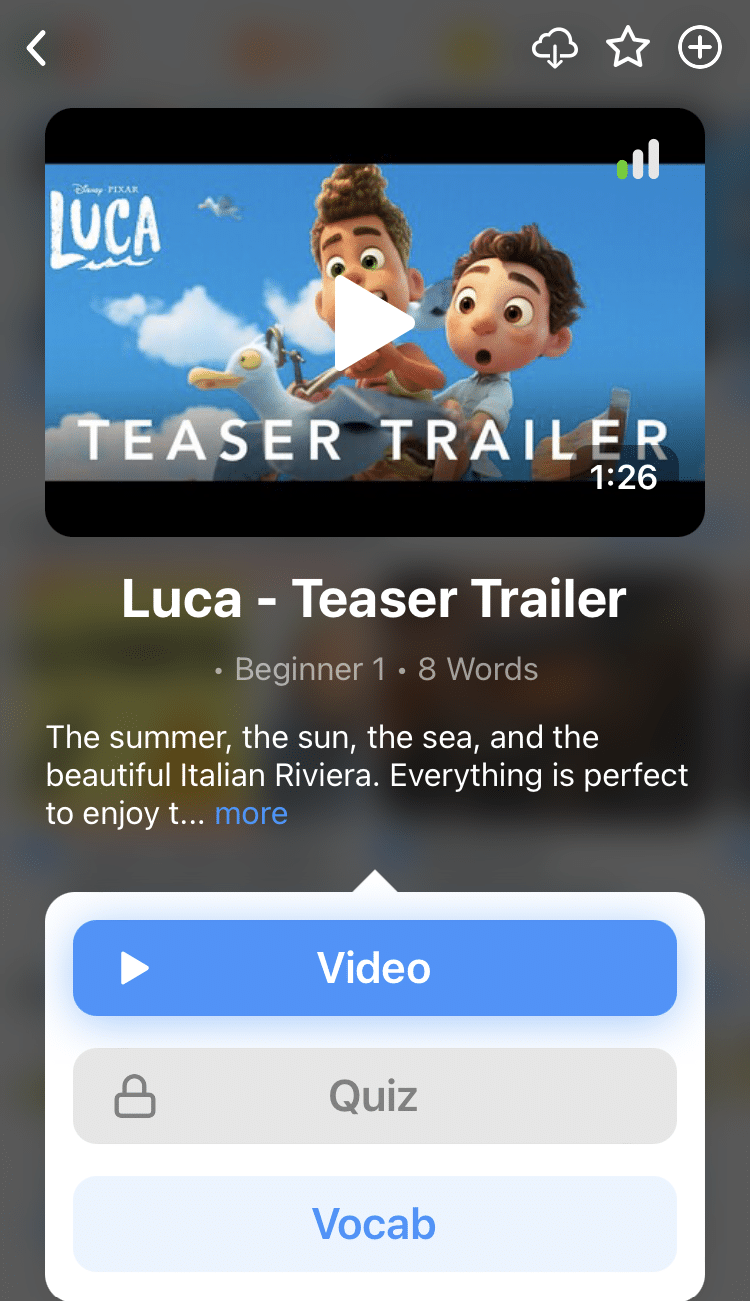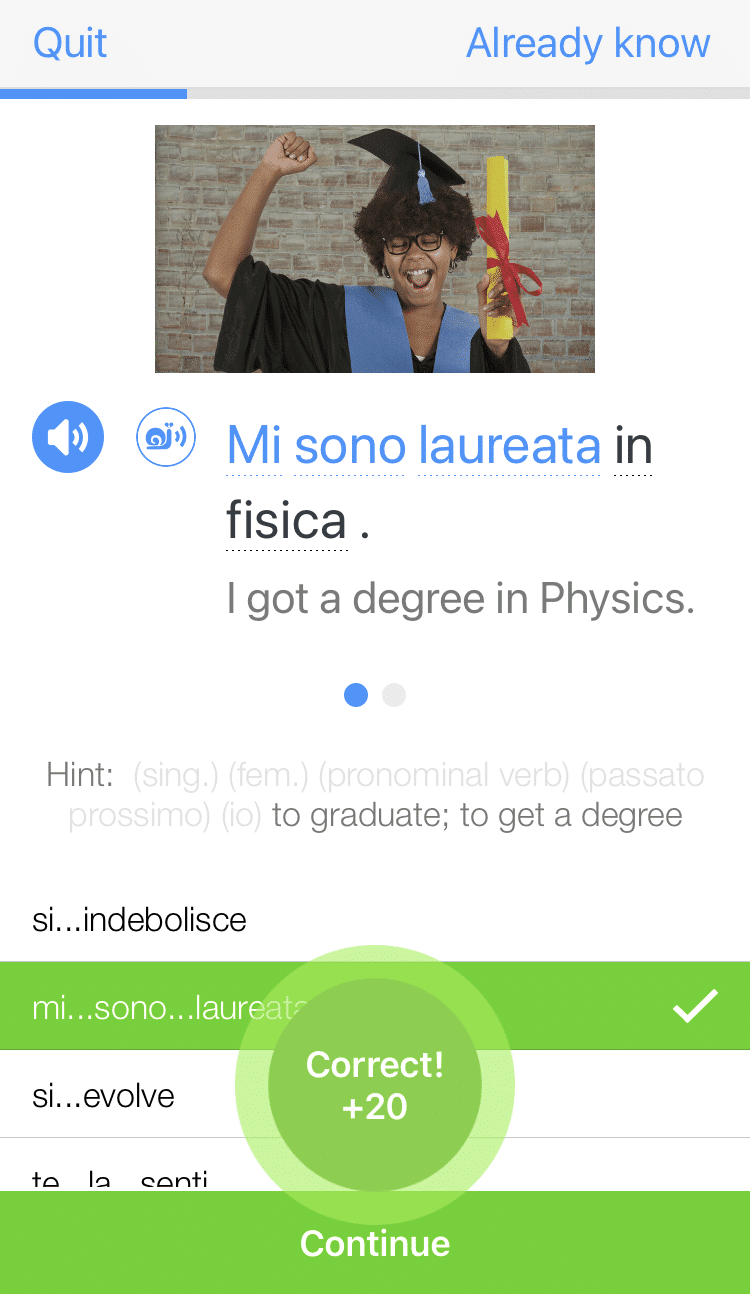
Directions in Italian: Essential Words and Phrases
In Italy, street names aren’t always prominently posted, so there’s a chance you may make a wrong turn during your travels.
Not to worry! By learning just a few simple questions and vocabulary words, you’ll be able to get back on track.
In this article, you’ll learn how to ask for directions in Italian and how to understand the directions that you receive.
With plenty of examples and audio to help perfect your pronunciation, you’ll soon be navigating the streets of Italy like a native!
Contents
- How to Ask for Directions in Italian
- Understanding Directions in Italian
- Putting It All Together
- And One More Thing...
Download: This blog post is available as a convenient and portable PDF that you can take anywhere. Click here to get a copy. (Download)
How to Ask for Directions in Italian
If you need to ask directions from a stranger, always be polite and say scusi first. Then you can use any of the following three phrases to ask that person how to get to where you want to go.
Dov’è…? — Where is…?
Dov’è il cinema? — Where is the movie theater?
Come vado…? — How do I go [to]…?
Come vado alla Piazza del Duomo? — How do I go to the Piazza del Duomo? (Literally: Cathedral Square)
Dove si trova…? — Where does one find…?
Dove si trova la biblioteca? — Where does one find the library?
Destinations and Landmarks
Odds are, you won’t always have an exact address of the place you’re trying to find. Here’s a list of common places that you may need directions to.
la biblioteca — the library
l’università — the university
la fermata dell’autobus più vicino — the nearest bus stop
il supermercato più vicino — the nearest grocery store
il bancomat più vicino — the nearest ATM
la farmacia più vicina — the nearest pharmacy
la banca — the bank
l’ospedale — the hospital
il bagno — the restroom
la stazione dei treni / la stazione ferroviaria — the train station
la piazza — the square
il centro — the center (of the town)
la chiesa — the church
la cattedrale — the cathedral
Understanding Directions in Italian
In this section, we’ll go over some key words and phrases so you can not only ask for directions, but also understand the directions you’re given.
The Cardinal Directions
Here are your cardinal directions in Italian.
Using Verbs to Find Your Way
When listening to directions, there are a few verbs you should learn that will come up again and again. Note that many of these verbs are irregular.
- andare — to go
- girare / svoltare — to turn
- andare diritto/dritto — go straight ahead
- andare indietro — go back/in the opposite direction
- continuare — continue
- fermarsi — to stop
- partire — to leave
- arrivare — to arrive
Using Prepositions to Find Your Way
Below are some prepositional phrases you may encounter when receiving directions. You may want to review how prepositions combine with articles so that you recognize these phrases in use even when they don’t look exactly the way they do below.
- a sinistra — left
- a destra — right
- verso / attraverso — through
- accanto a — next to
- vicino a — close to
- dall’altra parte di / di fronte a / davanti a — across from (opposite)
- davanti a / di fronte a — in front of
- dietro — behind
- fino a — until
On FluentU, you can try searching for some of these Italian prepositions to see how they are used in context by native speakers.
FluentU takes authentic videos—like music videos, movie trailers, news and inspiring talks—and turns them into personalized language learning lessons.
You can try FluentU for free for 2 weeks. Check out the website or download the iOS app or Android app.
P.S. Click here to take advantage of our current sale! (Expires at the end of this month.)
Putting It All Together
Now that you know how to ask for directions in Italian, as well as some essential verbs, prepositions and places, you can put all these elements together to find your way no matter how lost you are.
Example #1: Directions to the Store
Tu: Scusi Signore, dove si trova il supermercato più vicino?
Il signore: Va diritto per 200 metri. Poi, gira a sinistra alla prossima strada. Continuare per 50 metri e poi si trova il Carrefour accanto alla pizzeria.
You: Excuse me sir, where does one find the nearest grocery store?
Signore: Go ahead for 200 meters. Then turn to your left at the next street. Continue for 50 meters and then one finds the Carrefour next to the pizzeria.
Note: Short distances are commonly given in meters.
Example #2: Directions to the Bus Stop
Tu: Scusi Signora, come si va alla Piazza del Duomo?
La signora: La Piazza del Duomo è abbastanza lontano da qui. È meglio di prendere l’autobus. La fermata (dell’autobus) più vicino è davanti la biblioteca su Via del Corso. Per arrivare a Via del Corso, va indietro di questa strada e poi, quando si arriva a Via Garibaldi, si gira a destra e si cammina a Via del Corso. La biblioteca, e la fermata dell’autobus, si vede a destra.
You: Excuse me ma’am, where does one find the Piazza del Duomo?
Signora: The Piazza del Duomo is rather far from here. It’s better to take the bus. The nearest bus stop is in front of the library on the Via del Corso. To arrive at the Via del Corso, go back on this street and then, when you arrive at the Via Garibaldi, turn right and walk to the Via del Corso. The library, and the bus stop, can be seen to the right.
Example #3: Getting Directions from a Friend
Both of the above examples are using formal language in the third person. When asking complete strangers for directions, especially older people, they’ll use formal language, so it’s good to practice giving and listening to directions in the third person.
But what about if you ask a friend for directions? Then they’ll give you directions in the informal, second person. Here’s an example.
Tu: Giovanni, come vado alla facoltà di ingegneria all’università?
Giovanni: Da qui, vai diritto a Via Rossellini, fino alla piazza alla fine della strada. Poi vedi un grande edificio. Quello è la facoltà di ingegneria. L’ingresso è sulla parte ovest.
You: Giovanni, how do I go to the engineering faculty at the university?
Giovanni: From here, go straight ahead to Via Rossellini until you reach the piazza at the end of the street. Then you will see a big building. That’s the engineering faculty. The entrance of the faculty is on the western side.
There are a lot of fascinating places to go in Italy.
Whether you’re just visiting or getting to know your new neighborhood, you’ll need to be able to find your way around.
Now that you’ve learned a few simple phrases, you’ll be well-equipped if you ever get lost or are just looking for a fun new place to visit.
Download: This blog post is available as a convenient and portable PDF that you can take anywhere. Click here to get a copy. (Download)
And One More Thing...
If you're as busy as most of us, you don't always have time for lengthy language lessons. The solution? FluentU!
Learn Italian with funny commericals, documentary excerpts and web series, as you can see here:

FluentU helps you get comfortable with everyday Italian by combining all the benefits of complete immersion and native-level conversations with interactive subtitles. Tap on any word to instantly see an image, in-context definition, example sentences and other videos in which the word is used.

Access a complete interactive transcript of every video under the Dialogue tab, and review words and phrases with convenient audio clips under Vocab.

Once you've watched a video, you can use FluentU's quizzes to actively practice all the vocabulary in that video. Swipe left or right to see more examples of the word you’re on.

FluentU will even keep track of all the Italian words you’re learning, and give you extra practice with difficult words. Plus, it'll tell you exactly when it's time for review. Now that's a 100% personalized experience!
The best part? You can try FluentU for free with a trial.
Start using the FluentU website on your computer or tablet or, better yet, download the FluentU app from the iTunes or Google Play store. Click here to take advantage of our current sale! (Expires at the end of this month.)



